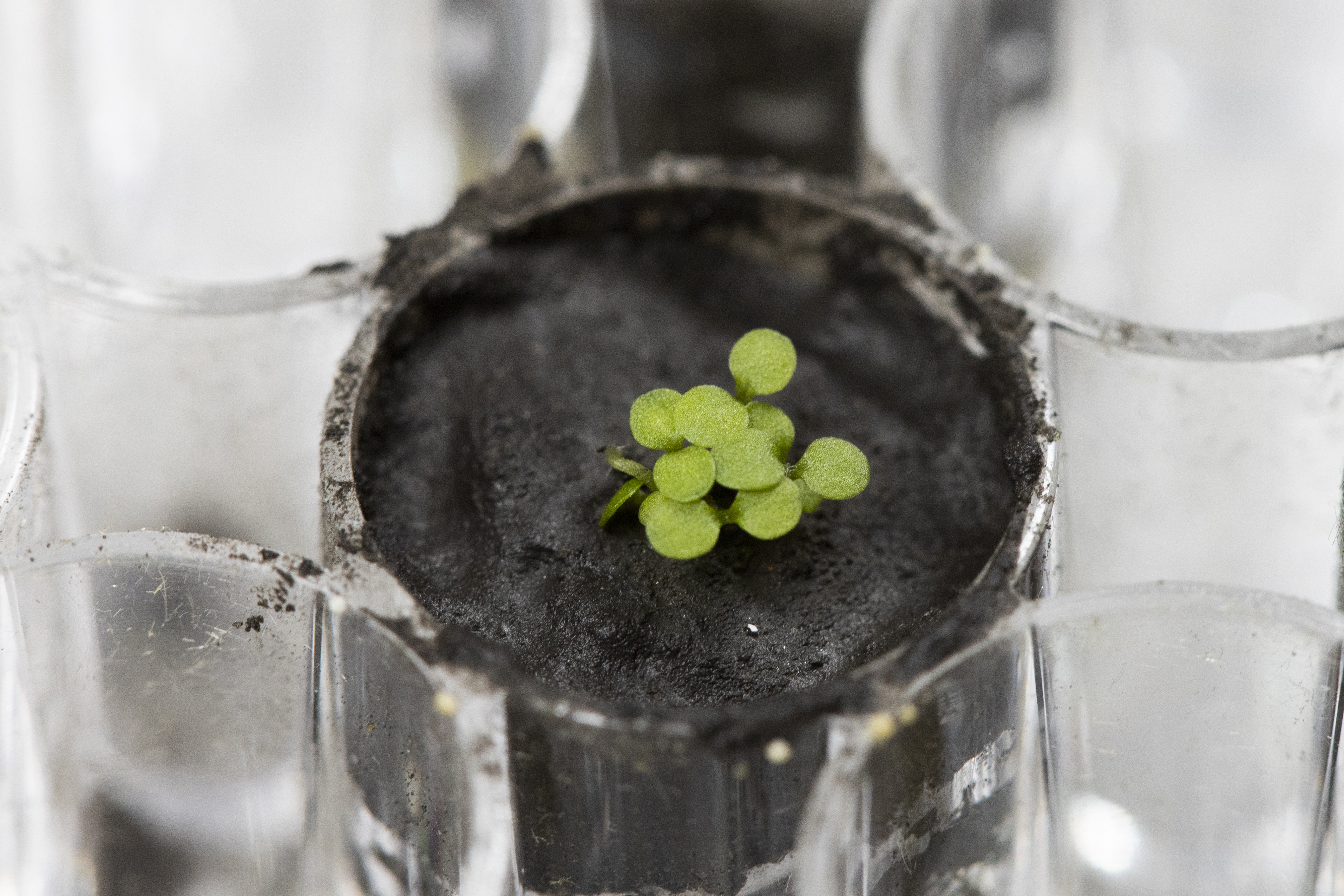Hello and welcome back to Max Q.
In this issue:
- Astra’s long game in the small launch market
- The supermassive black hole at the center of the galaxy
- News from Virgin Orbit, SpaceX and more
Don’t forget to sign up to get the free newsletter version of Max Q delivered to your inbox.
I sat down with Astra CEO Chris Kemp and Chief Engineer Benjamin Lyon to learn more about the company’s philosophy and trajectory.
“The expectation I think that a lot of people have is every launch has to be perfect,” Kemp told TechCrunch. “I think what Astra has to do, really, is we have to have so many launches nobody thinks about it anymore.”
How many launches? Eventually, Astra wants to achieve a daily launch cadence; in the interim, the company is aiming for weekly launches as early as next year. It’s a critical part of how the company aims to win amongst an increasingly crowded field of small launch developers — not by being flawless, but by being so low-cost and high-volume that the relative risk of a few catastrophic failures ceases to matter.
Next up for Astra is a trio of launches for NASA under the agency’s TROPICS program. When Kemp discussed the launches with NASA’s Will McCarty at Astra’s Spacetech Day, he reiterated Astra’s perspective on reliability, though it veered close to sounding like a hedge: “I know the team will do everything we can to make sure all three launches and all your satellites are deployed, but it’s good to know that the price point of three launches allows NASA to enable a mission where even if only two are successful […] it is nice to know that even NASA is designing constellations so that the overall constellation performance is the end goal, not thinking about every single satellite, every single rocket launch.”
Image Credits: Astra / John Kraus
World, meet Sagittarius A*, the supermassive black hole at the center of the Milky Way. The black hole was captured in an image for the first time, a landmark scientific achievement that’s gained a lot of media attention. But the role of simulations and synthetic data in the process has been massively overlooked.
TechCrunch’s Devin Coldewey lays out how scientists used synthetic datasets and simulations to assemble the image of the black hole, “despite its relative closeness and the interference from light-years’ worth of dust, nebulae and other vagaries of the void.” Click the link above to learn more about how scientists did it.
I feel like this is the only time I’ll be able to slip in a Nietzsche quote, so allow me the indulgence: “He who fights with monsters might take care lest he thereby become a monster. And if you gaze for long into an abyss, the abyss gazes also into you.”

Image Credits: EHT
More news from TC and beyond
- BlueOrigin announced the next batch of customers that will fly on the New Shepard rocket, the fifth space tourism mission for the company and the 21st launch overall. The mission will take off on May 20.
- Boeing said it’s all set to go for the test launch of the Starliner spacecraft. It’s a long-awaited flight. You’ll be able to watch it live on May 19 from Boeing’s website. Speaking of Boeing, apparently it and Aerojet Rocketdyne are beefing over problems involving the Starliner’s fuel valves.
- Canooan electric vehicle company, issued a “going concerns” warning to shareholders that it may not have enough funds to continue operating. Why is this included in Max Q? The company was just awarded a NASA contract to transport Artemis astronauts to and from the launch pad. Oy vey.
- The Federal Aviation Administration issued a license to the Huntsville-Madison Airport Authority in Alabama for the facility to operate as a space reentry site. Sierra Space has applied to land its Dream Chaser spaceplane up to eight times between 2023 and 2027.
- orb revealed the first full scale prototype of its space rocket, called “Prime.” The micro-launcher is around 62 feet long and could be the first rocket to launch from the United Kingdom.
- RocketLab will launch NASA’s CAPSTONE spacecraft to the moon no earlier than May 31. The CAPSTONE (Cislunar Autonomous Positioning System Technology Operations and Navigation Experiment) mission will be testing a new orbit as a pathfinder for future lunar outposts.
- Russia is responsible for the hack that affected Viasat’s internet connectivity service, governments including the US, Canada and the European Union said.
- SpaceX launched 53 Starlink satellites to orbit on Friday. This was the fifth flight for that particular first-stage booster.
- Starlink service will be coming to 10,000 homes in Quebec, thanks to $50 million in government funding to provide broadband to rural homes in the province.
- TheUK has selected Virgin Orbit to launch Prometheus-2, a government mission to launch two cubesats to space from UK soil this summer. Virgin will use its LauncherOne system for the mission.
- Scientists from the University of Florida have grown plants in lunar soil. You read that right — plants! In moon regolith! The soil was collected during the Apollo missions. It’s fairly notable in advance of the planned Artemis missions later this decade…

Several Arabidopsis plants sprouting from lunar soil. Seedlings were later thinned to one plant per well. Image Credits: UF/IFAS photo by Tyler Jones
- Virgin Galactic said it would commence commercial service for its orbital spaceplanes, VSS Imagine and VSS Unity, in early 2023, a timeline that pushes back the commercial debut by at least a quarter.
Max Q is brought to you by me, Aria Alamalhodaei. If you enjoy reading Max Q, consider forwarding it to a friend.
